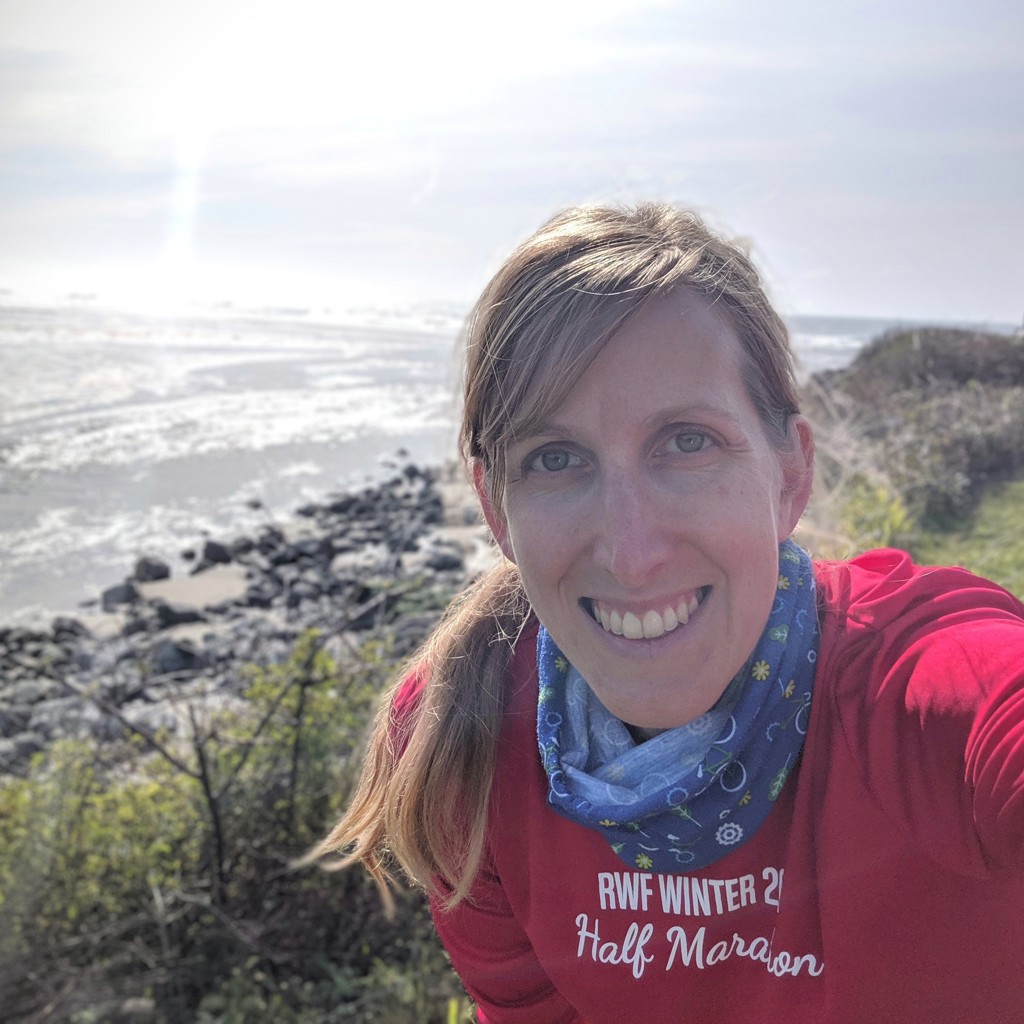Jennifer Dionne
Stanford University, USAFor outstanding contributions to nanophotonics, including methods to image, sense, and direct chemical and biological processes with high spatial resolution.

Jennifer (Jen) Dionne's initial interest in science had a surprising source - the American television show "The X-Files." In the show, Fox Mulder and Dana Scully, two fictional FBI agents, investigated paranormal phenomena in each episode. Jen comments that "mysteries were investigated and solved on each show. Mulder and Scully’s approach inspired my passion for researching the unknown." Initially, she thought this interest might lead to a philosophy-based career, especially in epistemology and metaphysics. In high school, she read popular science books like "Schrödinger's Kittens and the Search for Reality" by John Gribbin and “The Elegant Universe” by Brian Greene, which introduced her to and converted her over to physics. When it came time to begin her undergraduate degree, she studied physics, systems science and mathematics at Washington University in St. Louis, USA.
She didn't settle on research as a career until her junior year when she did a summer internship at the University of Rhode Island in oceanography. There, she got to experience the "whole research ecosystem: from designing experiments, to learning new discoveries in the field, and helping to solve critical challenges in sustainability, all while working with a team." She remembers her mentor there, Prof. Peter Cornillon, was the first to show her what it meant to be a professor and asked her each day, "Are you having fun?" This turning point started her journey toward graduate school and finding the fun in science each day.
Another turning point came during her PhD work at the California Institute of Technology under Prof. Harry Atwater. Skeptical at first that the topic of nanoscience for on-chip optical communications would be her next passion, she entered the group with an open mind and curiosity. The project proved successful, and Jen learned the importance of fundamental research: "you never know where things are going to lead." Fundamental research and curiosity are two essentials for Jen, as reflected in her favorite scientists. She recounts the story of Michael Faraday discovering the first semiconductor while researching other phenomena. She comments, "It shows the nature of curiosity-driven science and how it can pay off in dividends if you follow through." Another favorite discovery she highlights is the development of some cancer chemotherapies. She explains how these scientists were doing fundamental bacterial studies, but thanks to curious minds and openness, they applied their findings to a broader application.
Her work today is focused on nanophotonics, which she applies to global health and sustainability. For health applications, her lab has teamed up with the Stanford Clinical Virology Department to explore improved diagnostics that amplify the light rather than amplify the sample to detect the presence of viral gene sequences. This work was accelerated due to the COVID-19 pandemic shining a light on the need for better and faster diagnostics. Jen is also passionate about sustainability, and is designing nanophotonic systems that control light for chemical reactions. In a recent project, Jen’s team is developing nanoparticles that can be used for plastics upcycling or breaking down polymers into their constituent monomers to rebuild new plastics. This process could help the global problem of too much plastic in landfills and demonstrates how light can be a sustainable and renewable resource.
Jen's advice to young scientists is to "stick with it." She quotes the American basketball player Michael Jordan, saying, "I have failed over and over again in my life, and that is why I succeed." Jen encourages those starting out to use the failures as learning experiences and not to get discouraged. Now is a great time to start out in science because "the world is facing so many challenges…and science is going to be a really important part of the solutions." By working together with economists, policymakers, social scientists and others, scientists have an incredible opportunity to incite change for a better world.
Photo Credit: Jennifer Dionne
Profile written by Samantha Hornback
